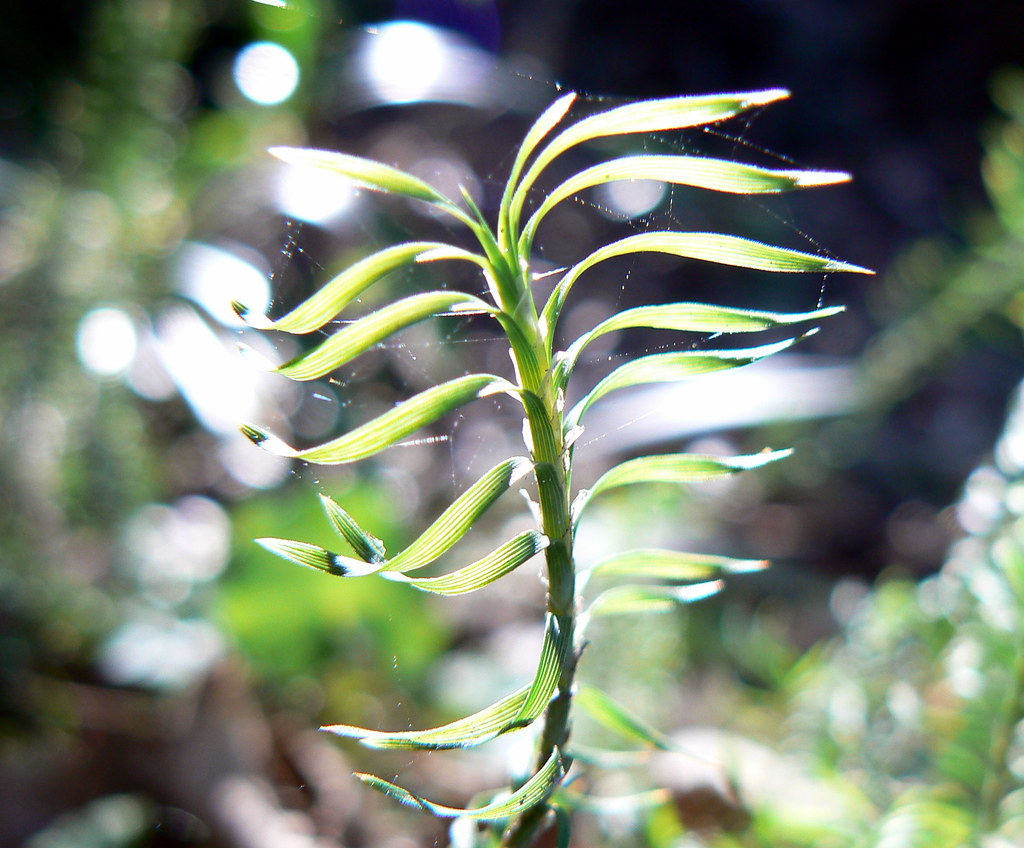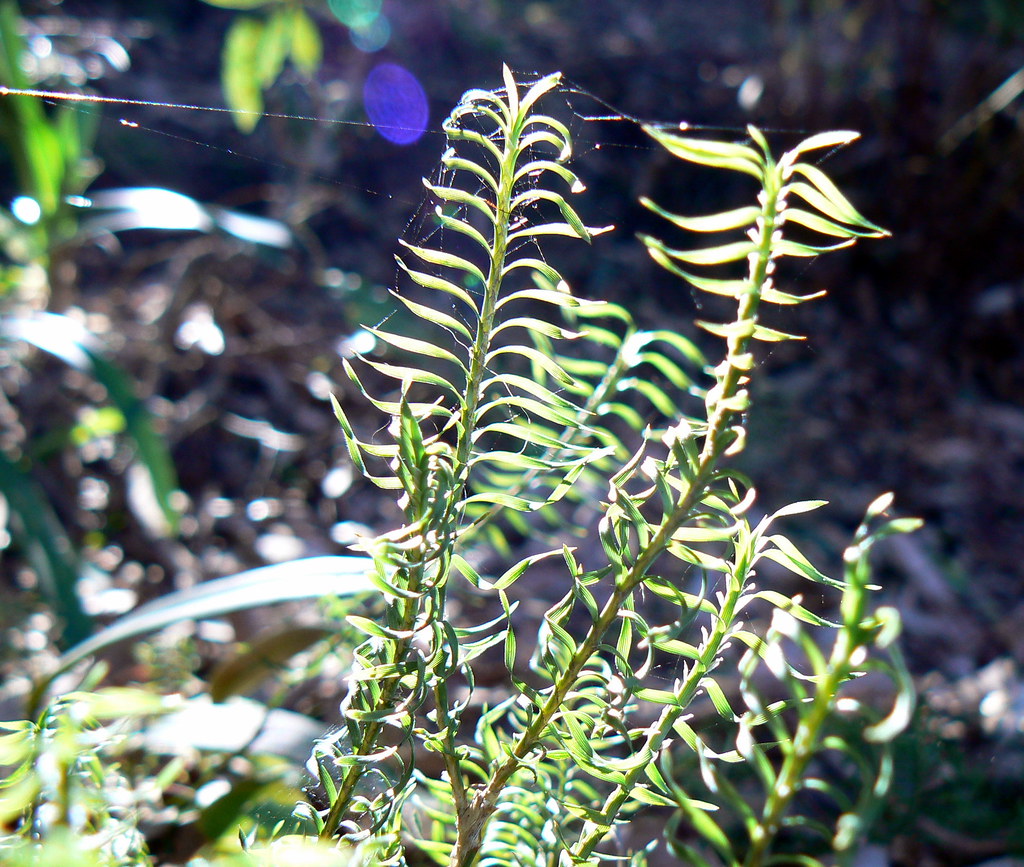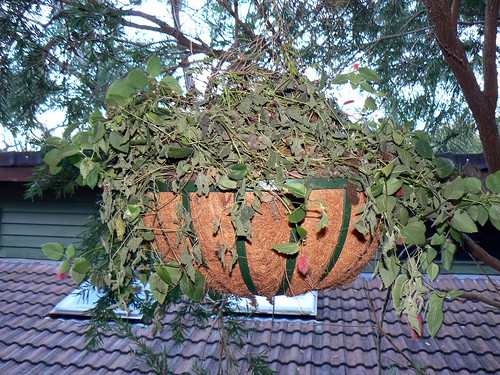Many of the plants I've put in since we moved here have died or failed to thrive. There are a few reasons for this: the dogs wee on them; the huge downpours we've had have drowned the smaller tube-stock plants; and my dear friends, the rock wallabies, have been having a banquet.
As a result, I've had to take firm action, fencing off some garden beds and putting protection around some young shrubs and saplings. Not pretty, but I hope it'll help deter the mammals. (Why don't they kill the bloody agapanthus, I ask myself.)
The fenced-off beds have a few additions, mainly ground-covers:
Rhodanthe anthemoides
Dampiera diversifolia
Scaevola humilis
Dryandra nivea
Hibbertia vestita (My spell check just suggested that should be "libertine transvestite", by the way. Novel.)
Chrysocephalum apiculatum
Crowea exaltaChorizema cordatum x varium

You can see the poor old Corymbia in the foreground, with all its soft new growth chewed off. I don't think there'll be flowers this year.
Elsewhere in the garden I've planted:
Melaleuca bracteata
Eucalyptus cladocalyx
Cassinia denticulatum
Podocarpus spinulosaAcacia floribundaStenocarpus sinuata
Syzygium australe
Some of these will grow to very large trees, and no, they're
not near the house!
I've removed the rampant fish-bone fern from the fernery by the side of the house and put in a few other indigenous ferns:
Asplenium bulbifera (Hen and Chicken Fern)
Adiantum aethiopicum (Common Maidenhair) (Or, as the spell check would have it, "Quantum Ethiopian".)
Doodia aspera (Prickly Rasp Fern)
Cyathea australis (Tree Fern)

Erosion is a bit of an issue around the
pond at this point, so I hope some of the plants I've put on the pond banks will help with that.
 Asplenium australasicum
Asplenium australasicum (Birds Nest Fern)
Myoporum parvifoliumViola hederacea (Ivy-Leafed Violet--almost a weed around here, but it's great for stabilising soil)
Lomandra confertifoliaDoodia asperaDoryanthes excelsaBaloskion tetraphyllum subsp. tetraphyllum (still in pots)
Gleichenia dicarpaThe latter, also known as Pouched Coral Fern and Tangle Fern, grows in a lot of the garden and in the adjacent park. It's so pretty and delicate, I really want to encourage it.

This is
Lomandra obliqua, which is growing over the rocks above the ponds.
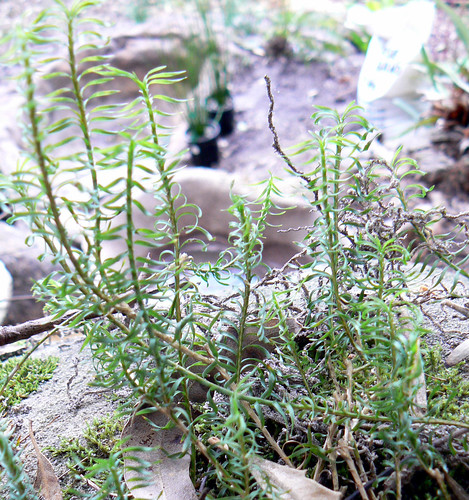
Finally, I came upon this, growing on the sandstone shelf above the fernery. I don't know what it is, but it certainly seems to be insectivorous. I'll send photos off to the Herbarium next week to get an ID, but in the meantime if anyone knows, please, post!
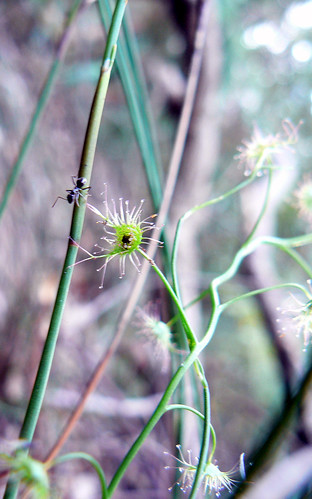
Who am I?
